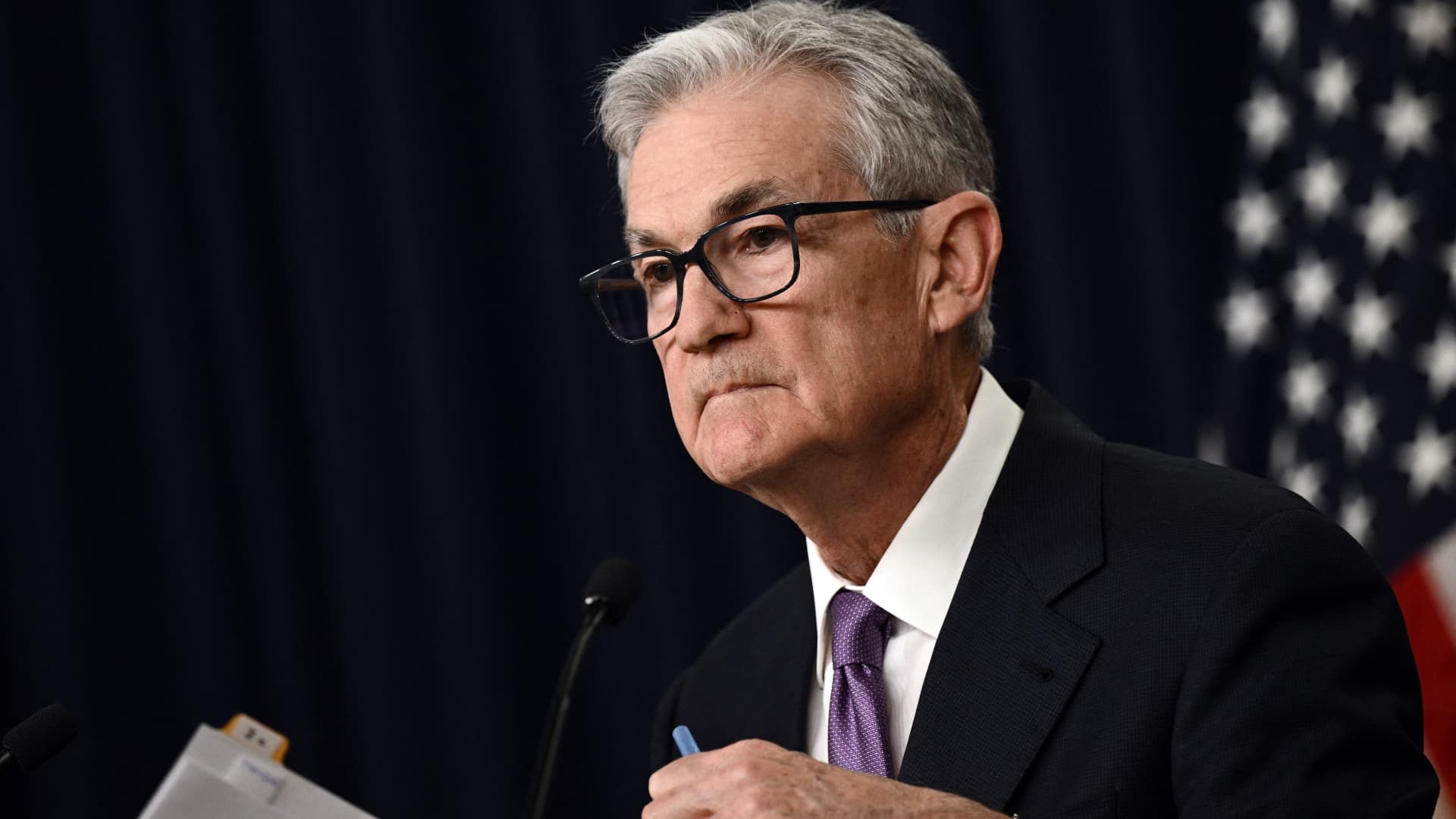After a year of heavy losses, the travel industry is finally showing some signs of bouncing back — even as the emergence of the Covid-19 omicron variant has led some countries to tighten their borders again.
Increased vaccination rates, pent-up demand and accumulated savings helped spur demand for global tourism through 2021 as nationwide lockdowns eased and countries rolled back border restrictions.
Here are four charts that show what the travel industry looks like two years into the Covid pandemic.
Regional recoveries
Travel recovery has remained uneven across regions, according to an analysis by travel news and research firm Skift.
Using an index of over 50 different indicators, the analysis measured recovery across different regions — compared to where the industry was in 2019 before the pandemic. Those indicators include travel searches, as well as hotel occupancy rates, revenues per night and cancellations.
“What we have found is that there is a very strong correlation between the number of new Covid cases and travel’s recovery,” said Wouter Geerts, senior research analyst at Skift.
“When cases increase, borders tend to close, local lockdowns go into effect, and travel sees a significant and almost immediate drop,” he said.
North American countries such as the U.S. and Mexico have remained “more open” and that helped their tourism industries, said the analyst. In contrast, “zero Covid” strategies across Asia have suppressed travel until recently, Geerts said, referring to the approach where countries impose mass lockdowns, extensive testing and strict restrictions even if only a few cases are detected.
In recent weeks, multiple countries including the U.S., Canada, the U.K. and Singapore moved to restrict travel from southern Africa after the World Health Organization labeled omicron — a Covid-19 strain that was first discovered in South Africa — a variant of concern.
Airlines’ losses
Airlines reported net losses in 2020 and that trend is expected to continue into this year, according to estimates by the International Air Transport Association.
But those losses will likely shrink this year, the aviation trade association said in a report released October.
Global revenue passenger kilometers (RPK) are expected to increase this year, but only to around 40% of pre-Covid levels, said IATA. RPK is an airline industry metric that shows the number of kilometers traveled by paying passengers.
Fitch Ratings lowered its global RPK forecasts for 2021 and 2022, citing a slower than expected rebound in international traffic and constrained business travel. The agency warned that operating conditions for airlines will remain volatile with the emergence of omicron.
“While it is too early to assess the effects of the Omicron, additional waves of infections and policy responses could lead to travel restrictions and stalled or temporary declines in traffic,” Fitch said in a November report.
But next year, North America could become the only region where airlines turn profitable, said IATA.
Hotel bookings
Along with airline profitability, hotel bookings have also been slow to recover in 2021.
Hotel bookings vary vastly across regions, according to data collected by the United Nations World Tourism Organization.
Europe has been the slowest to recover, with hotel bookings from January to October this year remaining 70% below the same period in 2019 before the pandemic, the data showed.
The Middle East recovered most significantly, with hotel bookings from January to October 2021 only 13% below the same period in 2019, according to the data.
High vaccination rates coinciding with peak European travel seasons were a main contributor to the recovery in the Middle East, said Mike Tansey, managing director of growth markets travel at consultancy Accenture. Europe is a major source of visitors to the Middle East.
“Middle Eastern countries are close to top of the league in terms of vaccination rates, leading to the region benefitting among the fastest from the travel upswing,” he told CNBC.
Travel outlook for 2022
While the pandemic isn’t over, some in the travel industry are optimistic about a rebound in tourism.
Governments have taken “very encouraging actions” to revive travel, said Choo Pin Ang, managing director for Asia at online travel portal Expedia. He cited the examples of Thailand and Malaysia where steps have been taken to allow more travel.
“For 2022, the outlook is a lot more positive,” Choo told CNBC’s “Capital Connection” in October.
Researchers at travel site Booking.com surveyed more than 24,000 adults in August, and asked about their travel intentions and priorities in 2022.
One main difference in the survey outcome compared to last year’s survey was related to remote work, said Nuno Guerreiro, regional director for South Asia Pacific at Booking.com.
Most travelers — about 59% — would opt for shorter vacations if it means they can completely switch off from work instead of working remotely while on vacation, he said.
The travel industry remains under “significant pressure” as countries grapple with ongoing Covid outbreaks, said Guerreiro. But the key takeaway is that “travel remains fundamental to people’s lives,” he told CNBC.
— CNBC’s Yen Nee Lee contributed to this report.






